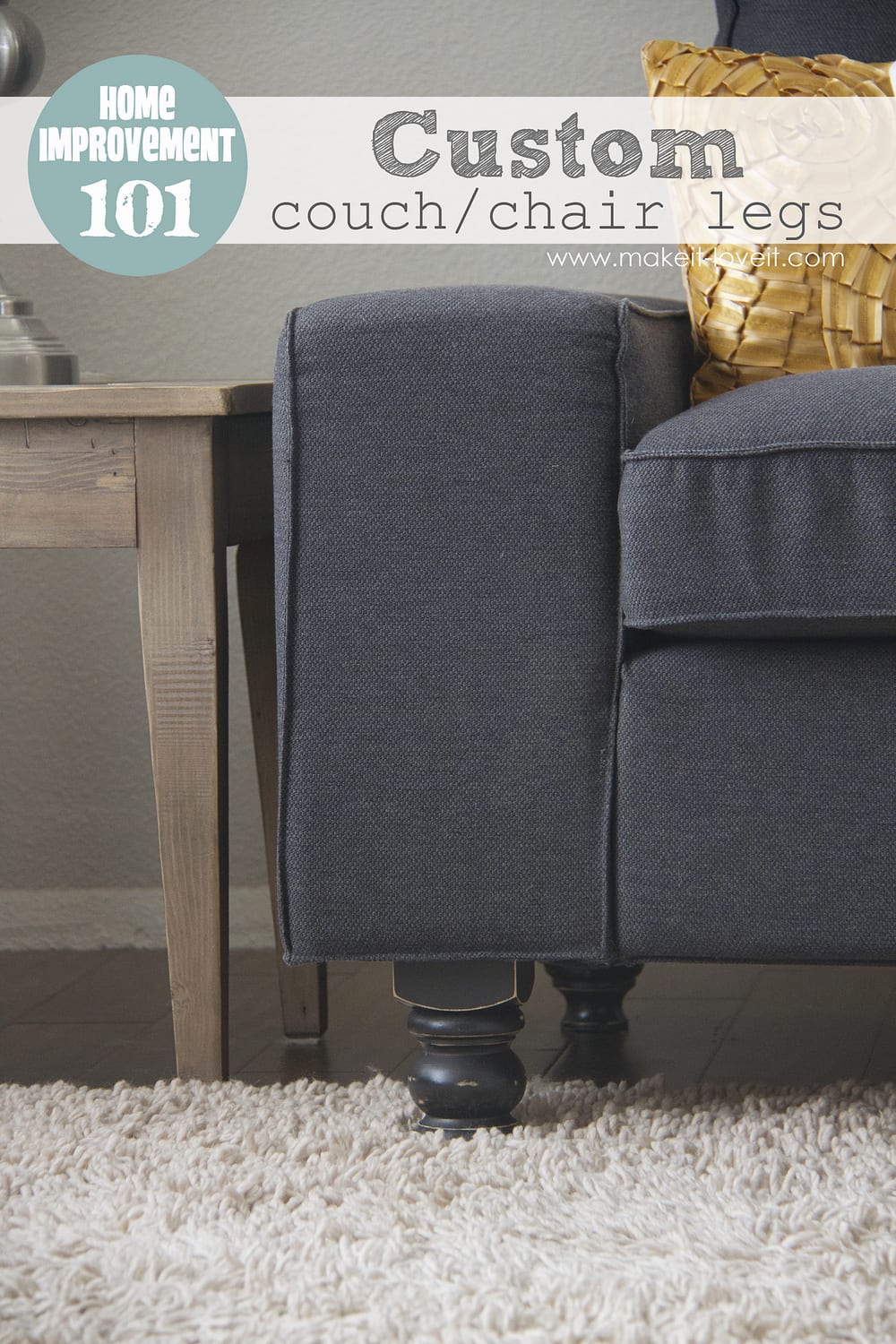I shared months ago that I wanted to open up the free days on my blog (that I wasn’t blogging) to others who would love to fill those gaps and showcase their own work. Your talent out there is INCREDIBLE…..and I love sharing this little outlet with others who get a kick out of creating, like I do. :) So, today is another day you get to see the craftiness of someone else. Pull up a chair (or a sofa) and enjoy with me……you won’t be disappointed.
-Ashley :)
. . . . .
Nope, that’s not your computer screen, it really was that dirty in there…thanks mainly to flat white paint.
But, here’s the Before/After — I can’t believe the difference a little bit of paint and some shelves make.
They really aren’t too difficult to make. And can be installed in a living room, a bedroom, an entryway, or ANYWHERE!
Are you ready to build some shelves?
***These are the measurements and supplies I needed for my 2 shelves. Your shelves may vary depending on how long or wide you want them. My shelves measure 12″ wide and 30″ long.
Supplies:
Tools:
To start out, you will cut up the project panel on a table saw. If you do not have access to a table saw and/or a compound miter saw, you can have your pieces cut at Home Depot or Lowe’s. Your project panel should look like this:
If you’re making 2 shelves like I did, you’ll need to cut 4- 30″ x 12″ panels for the tops and bottoms, 2- 30 1/4″x 2″ panels for the fronts, and 2- 11 3/4″x 2″ panels for the sides (you will need 4 of these if both of the sides will be exposed…..I only needed 2, since my shelves are sitting in a corner).
Next, cut the furring strips using a compound miter saw. You will need 4- 30″ long strips and 8- 10 1/4″ strips.
We originally planned for three shelves, so there are more pieces in this picture, but this is what your furring strips will look like once cut.
After your furring strips are cut, you are going to use them to assemble the shelf frame. I took my furring strips and laid them out like this to make a frame.
After the shelf frames are screwed together, you will want to make sure your walls have had all prep-work done. For me, this included filling in holes and giving the wall a fresh coat of paint (Silver Drop by Behr).
After the wall is prepped, it is time to decide what height you want to hang your shelves. We hung our lowest shelf at the same height the towel bar had previously been. Using a level, draw a straight line on the wall at your chosen height. Next, use a stud finder to find the studs in the wall. (You will need to make sure to attach the shelf to studs.) Lay your shelf frame on the wall, and mark the frame where the studs are so you can pre-drill your holes (we don’t want those furring strips to crack!). Then attach the shelf frames to the wall using the 2 1/2″ screws.
As you attach the frame, periodically check to make sure the shelf is level. This step may seem tedious, but believe me, you’d be pretty upset if you finished your shelf only to realize that it wasn’t level.
Once your shelf frames are attached you will add the project panel pieces to it.
After attaching the trim pieces, its time to fill all those nail holes with wood putty! I also filled the joints with wood putty to make sure that once I painted, they wouldn’t be visible.
I can’t believe the difference a little bit of paint and some shelves make. I look forward to sharing the rest of our bathroom makeover on my blog The Aqua House.
Thanks for reading!
Sara Birch
Check out Sara’s blog HERE, her Facebook page HERE, and her Pinterest Boards HERE.
Did you catch the home improvement bug? Try your hand at these fun home improvement tutorials:
